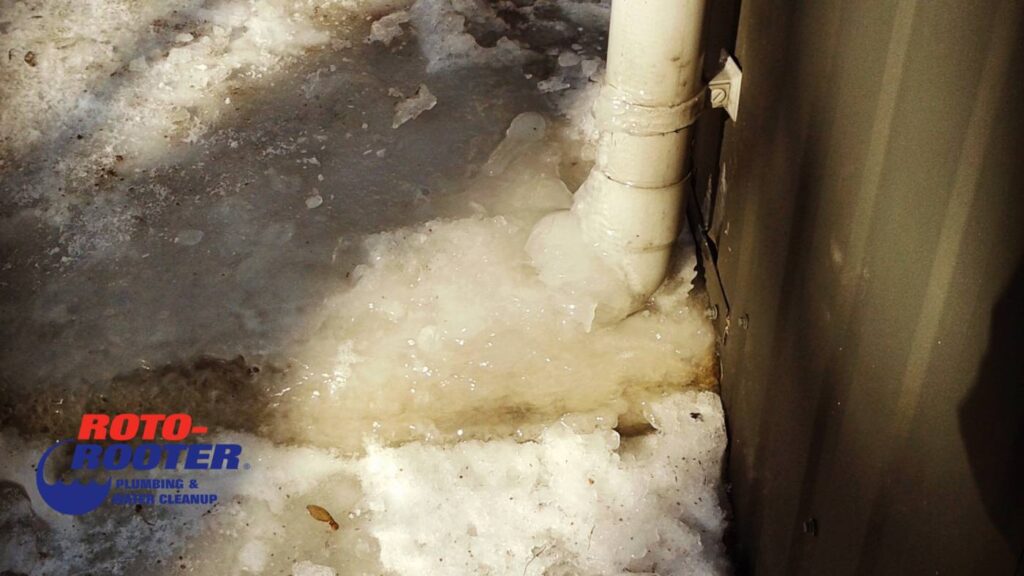If you have a frozen pipe, you need to take action quickly. If your home has an old plumbing system or one that hasn’t been maintained regularly, you may have a problem with the water pipes freezing and bursting. This can cause serious damage to your home and lead to costly repairs. Knowing what steps to take when the pipes freeze helps keep your house safe while saving money on costly repairs.
How to Fix a Frozen Pipe
When you have a frozen pipe, the first step is to turn off the water supply. This will stop any new damage from happening. Then, open up your faucet to remove any residual pressure in your pipes. Next, try a few different methods for thawing out the pipe:
- Use a hair dryer – The heat from a blow dryer will help break up ice crystals and melt them gradually over time, but be careful not to apply too much heat or use it for too long. You don’t want to risk burning anything!
- De-icer – You may also consider using de-icer instead of something more complicated—it’s an easy solution that won’t take too much time or effort on your part.
It’s important to make sure that when you turn the water back on, your pipes are completely thawed before doing so. You should never just assume that they’re already clear after running the faucet in a sink or bathtub for a while. Use an infrared thermometer to check the temperature of the pipe and its surroundings before turning on the water supply again. If there’s still ice in them, turn off all sources of heat while waiting for more time to pass before trying again. This will ensure no additional damage by turning things back on too quickly and then having something else freeze up again.
What to Do if You Can’t Fix the Problem
If you have tried everything and still cannot fix the problem, call a plumber. This may seem obvious but we’ve seen many people try to get their pipes unfrozen without any previous experience with plumbing, causing more damage than they started with.
To Avoid Frozen Pipes
Open cabinet doors in storage spaces and under sinks to let the heat from the room flow around exposed pipes. Overnight, let a trickle of hot and cold water run. However, take care not to let the water run into a drain line that is exposed to extremely cold temperatures because that line can freeze.
In garages, crawl spaces or other unheated areas, insulate all pipes that are up against uninsulated outside walls. Then, wrap exposed pipes that are prone to freezing with heat tape or thermostat-controlled heat wires. Ensure the temperature is at least 55 degrees Fahrenheit and the heat is on.
Whenever the unfortunate happens, we encourage you to keep Roto-Rooter in mind! Our team of plumbing experts has seen it all. Learn more at www.rotorootermobile.com today.



